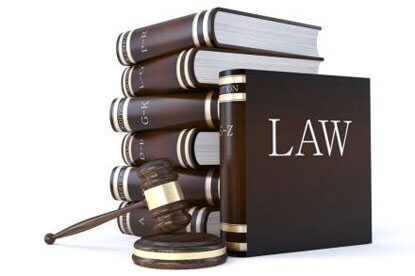
The Academy Awards are extremely controlling of their image and Quinto is largely responsible for preventing any damage to the symbol of the Oscar. He most likely will sue those who try to sell someone else’s Oscar, try to make and sell a fake Oscar or call yourself an Oscar winner. As he says in the interview,
“The Oscar should remain a symbol of achievement in motion picture making and it should demonstrate exclusivity. If there’ a perception that anyone with money can buy one, then people may start to lose interest in it.”
Quinto says that the Academy operates on a limited budget and must pick its fights carefully. He describes what he does partly as “bluffing and persuasion”. It is his belief that many people infringe because they assume the Oscar symbol is in the public domain. He describes his letters to those in violation of the trademark to be educational for the recipient. He educates companies who believe they may market party products or reproduction Oscars and in one instance people who made little candy Oscars for a local party.
Quinto won’t be sitting around in his pajamas on Sunday night. He’ll be stationed outside the Academy Awards venue, at a location called “The Help Table”. If someone attempts to gain admission to the theatre and there is a problem or discrepancy with their ticket they must go to the Help Table. Quinto and several associates interview these people to figure out what is going on, identify them correctly and get them seated. Quinto makes a final determination along with Academy Awards in house lawyer Scott Miller,
“After they gather all the facts, they present them to me or to Scott Miller, and then we make a determination: should the person be admitted? Should the person be identified and escorted off the premise? Or should the person be arrested?”












































